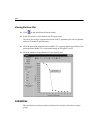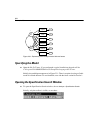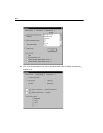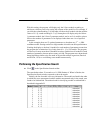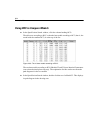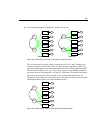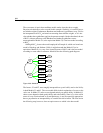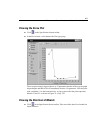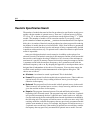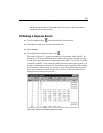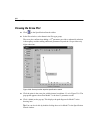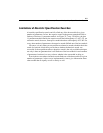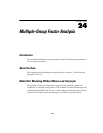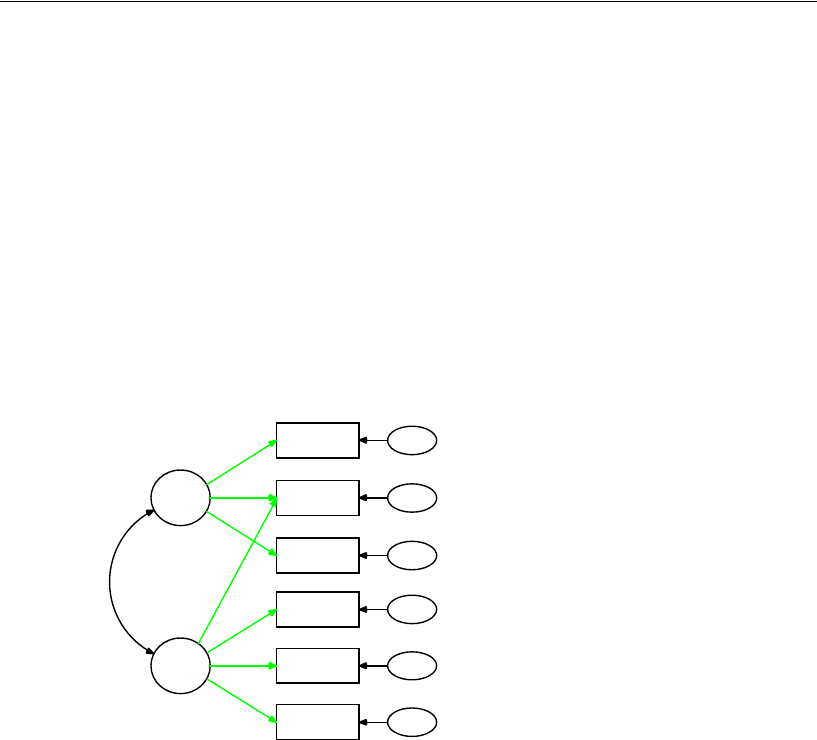
356
Example 23
The occurrence of equivalent candidate models makes it unclear how to apply
Bayesian calculations to select a model in this example. Similarly, it is unclear how to
use Akaike weights. Furthermore, Burnham and Anderson’s guidelines (see p. 326) for
the interpretation of BCC
0
are based on reasoning about Akaike weights, so it is not
clear whether those guidelines apply in the present example. On the other hand, the use
of BCC
0
without reference to the Burnham and Anderson guidelines seems
unexceptionable. Model 52 (or the equivalent Model 53) is the best model according
to BCC
0
.
Although BCC
0
chooses the model employed in Example 8, which was based on a
model of Jöreskog and Sörbom (1996), it might be noted that Model 62 (or its
equivalent, Model 63) is a very close second in terms of BCC
0
and is the best model
according to some other fit measures. Model 63 has the following path diagram:
Figure 23-6: Model 63
The factors, F1 and F2, seem roughly interpretable as spatial ability and verbal ability
in both Models 53 and 63. The two models differ in their explanation of scores on the
cubes test. In Model 53, cubes scores depend entirely on spatial ability. In Model 63,
cubes scores depend on both spatial ability and verbal ability. Since it is a close call in
terms of every criterion based on fit and parsimony, it may be especially appropriate
here to pay attention to interpretability as a model selection criterion. The scree test in
the following step, however, does not equivocate as to which is the best model.
1
F1
visperc
cubes
lozenges
wordmean
paragraph
sentence
err_v
err_c
err_l
err_p
err_s
err_w
1
F2
1
1
1
1
1
1



